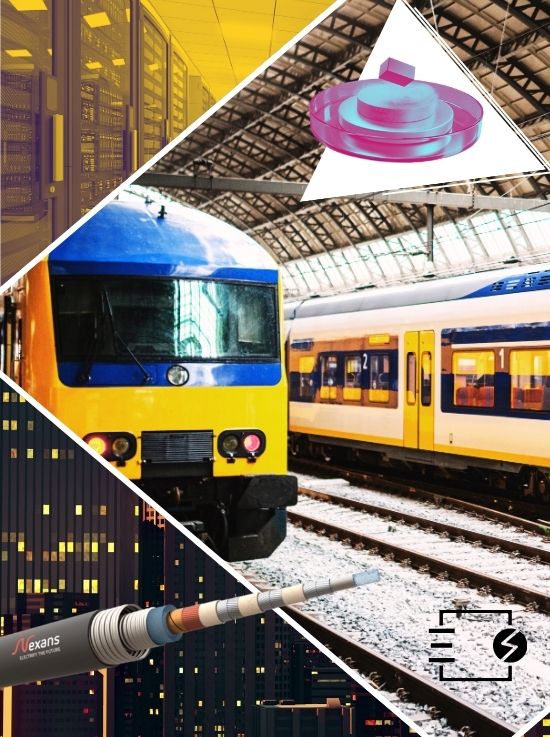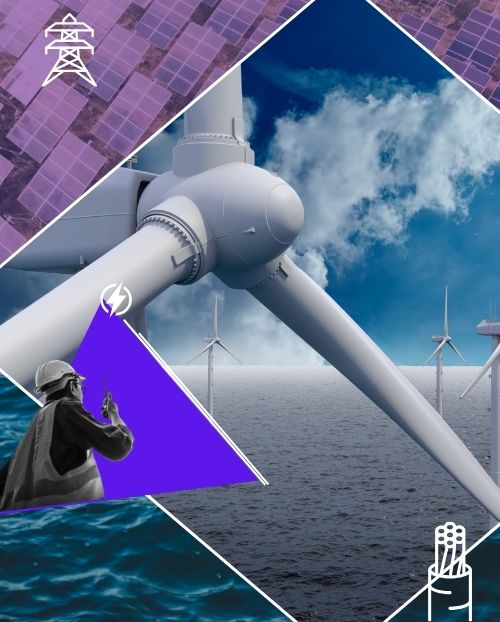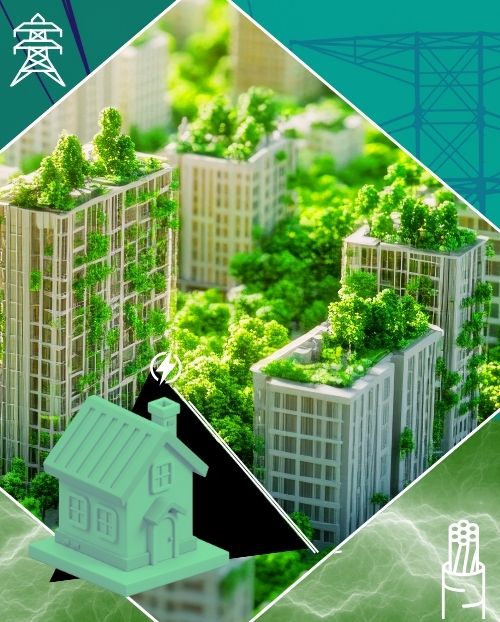As demand from electric vehicles, hydrogen production, and heating and cooling systems accelerates, grids face unprecedented pressure. However, much of today’s cable network—particularly in Western Europe, North America, and Japan—is already decades old, never designed for the loads we are seeing today.
Take, for example, a distribution system operator in New York with a cable network that’s over 50 years old and operating near capacity. Adding new loads from EVs and heat pumps not only accelerates the aging of existing cables but also limits the ability to connect new renewable generation due to thermal and voltage constraints. Replacing or upgrading these cables using conventional high-voltage solutions requires extensive excavation in urban areas, where underground space is already crowded with telecommunications, water, gas, and transport infrastructure.
Even when installation is technically possible, environmental restrictions, lane rental charges, and traffic management fees can increase project costs by hundreds of thousands of dollars. Land acquisition for wider cable routes compounds the challenge, particularly when existing rights-of-way cannot accommodate the spacing needed for conventional cables, which require significant separation to manage heating effects and electromagnetic interference.
Meanwhile, safety and reliability requirements keep rising. Networks must deliver electricity without cuts, breakdowns, cascading failures, or blackouts. They need to handle fault currents that can damage critical assets like transformers and switchgear. And as public expectations grow, networks must minimize electromagnetic interference, reduce CO₂ emissions, recycle obsolete assets responsibly, and reassure communities about safety.
This scenario is playing out in major cities worldwide, while rural areas face their own infrastructure constraints. Meeting electrification needs at scale will require massive infrastructure upgrades: grids will need roughly 80 million kilometers of new or refurbished cable by 2040 – and conventional systems alone cannot keep up with demand.








